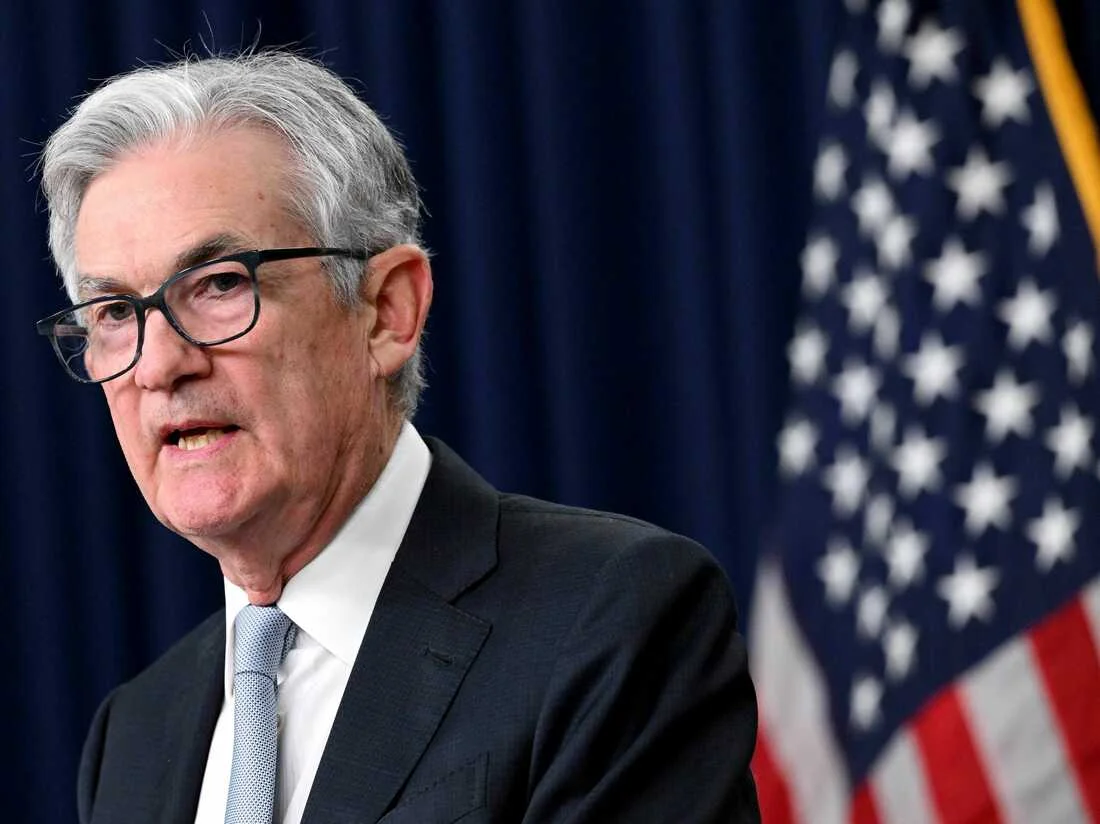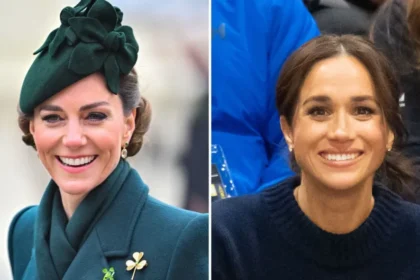The US Federal Reserve is grappling with the decision of whether to increase interest rates as a strategy to address and control inflation. Chairman Jerome Powell’s recent remarks shed light on the central bank’s cautious approach to managing the economy and maintaining price stability.
Powell acknowledged that the Federal Reserve is currently evaluating the need for a potential interest rate hike to ensure that inflation remains in check. He emphasized that the central bank will proceed with prudence in determining whether further tightening of policies is necessary. However, he also clarified that the Federal Reserve has yet to finalize its assessment of whether the current benchmark interest rate is sufficient to bring inflation back to the targeted 2% rate, as reported by Reuters.
“Our responsibility is to bring inflation down to our 2% goal, and we will do so,” Powell affirmed. He highlighted the measures taken over the past year to tighten monetary policies and expressed the central bank’s readiness to implement additional rate hikes if deemed appropriate. Powell underscored the Federal Reserve’s commitment to maintaining a restrictive policy stance until there is confidence that inflation is moving steadily toward the desired objective.
The central bank’s cautious stance stems from recent economic data that has raised new concerns. Powell pointed out that signs indicate the economy may not be cooling down as expected, with robust consumer spending and a potential rebound in the housing sector. He emphasized that the economy continues to grow above its typical trend, which could potentially pose risks to managing inflation.
The chairman’s comments underscore the complex balance the Federal Reserve is striving to achieve. While inflation has moderated from its peak, the central bank must ensure that its policies are appropriately restrictive to prevent excessive price increases without stifling economic growth.
Powell acknowledged the challenge of determining the precise alignment of the current benchmark interest rate with the neutral rate required to manage the economy effectively. This uncertainty makes it difficult to accurately assess the current position of monetary policy.
He also highlighted recent declines in underlying inflation measurements, excluding food and energy prices, as a positive development. However, Powell emphasized that sustained progress is required to build confidence that inflation is moving downward consistently. He indicated that achieving the 2% inflation target may necessitate a slowdown in economic growth and adjustments in labor market conditions.
In conclusion, Powell reaffirmed the Federal Reserve’s commitment to achieving and sustaining a monetary policy stance that effectively brings inflation back to the desired 2% target over time. The central bank will continue to carefully evaluate economic indicators and adjust its policies as needed to ensure price stability and overall economic health.




